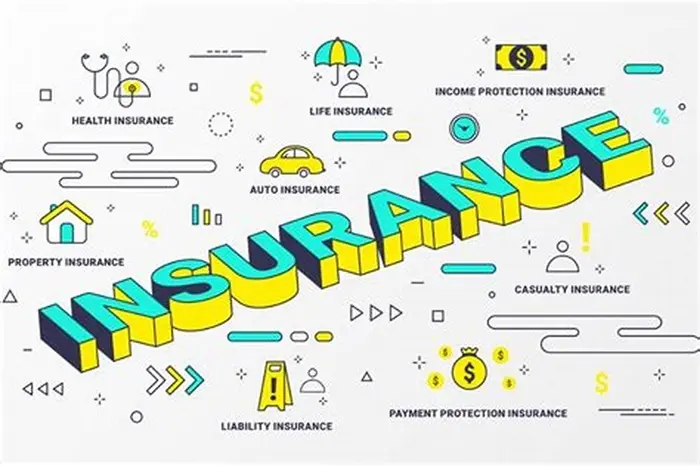P&I insurance (Protection and Indemnity insurance) is a vital type of maritime insurance that provides coverage for liability claims arising from the operation of ships. It is typically purchased by shipowners or operators, protecting them against various risks related to their vessels. This type of insurance covers a wide array of liabilities, including damage to cargo, environmental pollution, personal injury, and collisions.
The Insurance Market for P&I insurance is a specialized area that plays a crucial role in managing the risks associated with the shipping industry. This market is dynamic, with numerous factors influencing both the demand and pricing of such policies.
Understanding P&I Insurance
At its core, P&I insurance is designed to provide a financial safety net for shipowners, ensuring that they are protected against unforeseen liabilities that could otherwise be financially crippling. Unlike traditional hull insurance, which covers damage to the ship itself, P&I insurance focuses on third-party liabilities.
One of the most critical features of P&I insurance is its ability to cover liabilities arising from accidents or incidents involving the ship. This includes things like damage caused to other ships, environmental damage, injury to crew members, and even pollution. In fact, P&I clubs (which are mutual insurance organizations) play a key role in pooling resources to cover such risks, helping to mitigate the financial burden of these costly liabilities.
The Role of P&I Clubs in the Insurance Market
P&I insurance is typically provided by P&I clubs, which are mutual insurance companies. These clubs operate in a cooperative manner, where shipowners contribute to a common pool of funds that can be used to settle claims. The cooperative nature of these clubs allows for shared risk management, which in turn helps reduce the financial exposure for individual members.
Each club has its own rules and regulations, but they all share the same fundamental principles of providing protection to their members. When a claim arises, the P&I club assesses the situation, determines the amount of compensation, and ensures that the claim is handled promptly.
P&I Insurance Coverage
The range of coverage provided by P&I insurance is extensive. Some of the common risks covered include:
Collision liability – Damage caused to other ships in the event of a collision.
Environmental damage – Costs associated with oil spills or other types of pollution.
Cargo damage – Compensation for cargo that is lost or damaged during transit.
Personal injury – Covering injuries to crew members or third parties involved in incidents.
Wreck removal – Costs associated with the removal of a wreck following an accident.
How P&I Insurance Affects Insurance Trading
Insurance trading refers to the buying and selling of insurance policies and related services within the insurance market. The trading of maritime insurance products like P&I insurance plays an essential role in ensuring that risk is adequately managed across the global shipping industry.
P&I insurance has a direct influence on the broader insurance market because it addresses specific and high-risk areas that other types of insurance do not. Its highly specialized nature means that the insurance price for P&I policies is influenced by many factors, including the type of vessel, the geographical area of operation, and the risks associated with certain routes.
Factors Affecting the Price of P&I Insurance
The price of P&I insurance is not fixed and can vary depending on a number of factors. Key elements that influence the cost of P&I coverage include:
Risk Assessment – The type of ship, its age, and its operation are crucial in determining risk levels and, consequently, the insurance price.
Claims History – The historical claims record of the vessel or the shipping company affects the cost of P&I insurance.
Geographical Region – Areas prone to piracy, natural disasters, or dense shipping traffic may see higher premiums due to increased risk.
Legal and Regulatory Factors – Changes in international maritime law or environmental regulations can lead to adjustments in coverage and premiums.
The Future of P&I Insurance
As the shipping industry continues to evolve, so too will the landscape of P&I insurance. Increasing concerns over environmental sustainability, stricter regulations, and the growing risks associated with cyber threats are all likely to shape the future of P&I insurance. Companies operating in the maritime industry will need to be proactive in managing these evolving risks, ensuring that they maintain comprehensive and up-to-date insurance coverage.
Conclusion
P&I insurance is an essential component of the maritime industry, providing vital protection against the myriad of risks shipowners face. Through the cooperation of P&I clubs and a thorough understanding of risk management, P&I insurance helps ensure that the global shipping network remains stable and resilient. As the insurance market continues to evolve, so too will the methods of pricing and trading these vital policies. Understanding the complexities of P&I insurance is crucial for anyone involved in the shipping industry, from shipowners to insurers and policymakers alike.
Related topics:


































